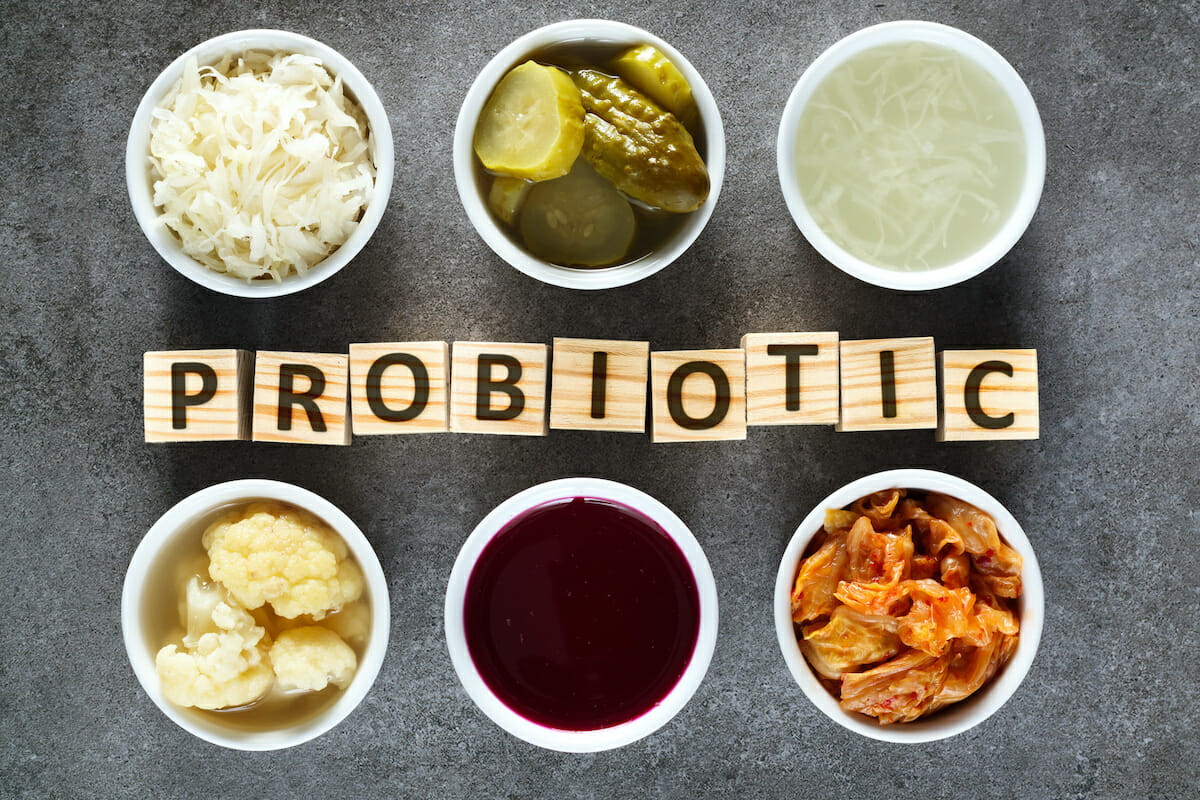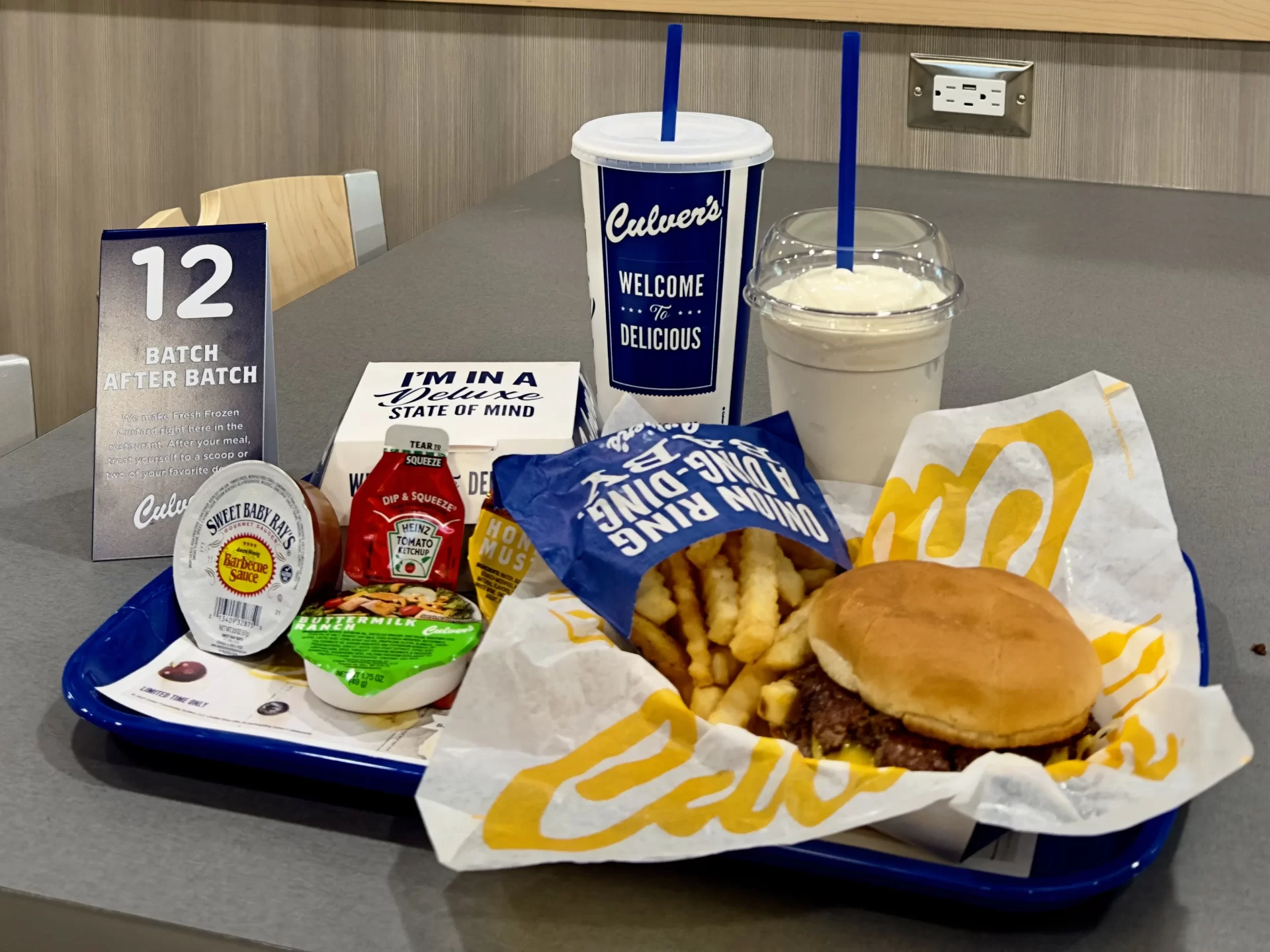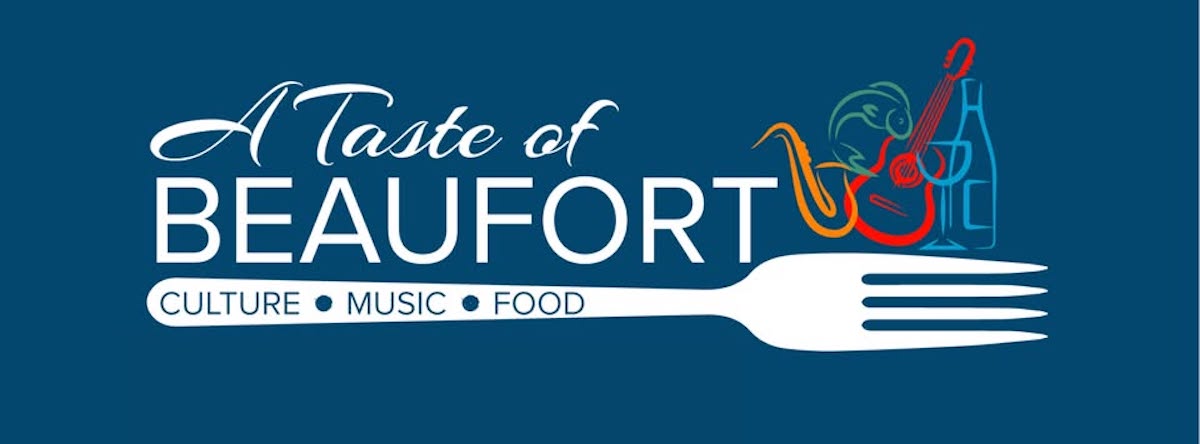There are many possible causes of persistent bad breath, or halitosis, with poor dental hygiene as a main contributing factor. The oral cavity harbors diverse biofilms. Indeed, the oral cavity is unique in the level of microbial diversity, supporting up to 1000 different species of microorganisms. The natural dentition and dental prostheses, including dentures and implants, are substrates for biofilms.
Why oral hygiene matters (use bad breath-oral health photo here)
People may try various means of reducing bad breath, including teeth-scaling, tongue-scraping, and mouthwash. Others may try to improve their breath with gum chewing, which may not be the most effective option in the long term.
“Oral health, or lack thereof, has been linked to many diseases: rheumatoid arthritis, diabetes, respiratory illness, and even heart disease. When you chew, you set your body up to trigger stomach acid and digestive enzymes. When there is no food coming in, you set yourself up for GERD [or] acid reflux and more dental problems,” Lyn-Genet Recitas, nutrition expert and bestselling author of “The Plan” and “The Metabolism Plan,”.
PULL QUOTE:
“Specific bacteria can live in the mouth and break down food, leading to the production and release of volatile sulphuric compounds (VSCs) that contribute to bad breath. The bacteria that are most associated with halitosis are gram-negative bacteria” — Michelle Routhenstein, MS, RD, CDE, CDN, a cardiology dietitian at EntirelyNourished.com,
The results of a recent meta-analysis study recently published in BMJ Open suggest that certain probiotics can address one of the main causes of bad breath. The findings show that probiotics help eliminate the buildup of foul-smelling volatile sulphuric compounds, or VSCs, in the mouth produced by anaerobic bacteria that feed on food left behind. Such bacteria alter “the oral microbiota to reduce the buildup of these volatile sulphuric compounds,” dietician Michelle Routhenstein, MS, RD, CDE, CDN, explained.
The new study identified four beneficial probiotics containing gram-positive bacteria, and found that the ingestion of four probiotics can reduce the compounds that cause bad breath, at least in the short term. The four beneficial probiotics are Lactobacillus salivarius, Lactobacillus reuteri, Streptococcus salivarius, and Weissella cibaria, all of which may benefit gut health. They are found in fermented foods.
The anti-bacterial effects of probiotics
The authors of the present study cite a growing body of evidence that probiotics can crowd out the bacteria responsible for decomposing amino acids and proteins. The findings show a significant decrease in halitosis according to both measurement methods they used.
According to the VSC scores, however, the positive effect of the probiotics did not last beyond 4 weeks. But the improvement in OLP scores remained beyond 4 weeks. The analysis also found that probiotics do not address the other two major sources of halitosis, plaque buildup, and tongue-coating. However, one of the studies showed some beneficial effects on plaque buildup at 12 weeks.
What foods contain probiotics? (use probiotic food photo)
Probiotics may improve oral hygiene by fighting bad breath. Probiotics are living organisms, beneficial bacteria and yeasts that occur naturally in the human body. They may be consumed as supplements or in foods. While both methods may deliver benefits, consuming probiotics found in food sources may be the optimal way to obtain them.
To benefit from the probiotics Lactobacillus salivarius, Lactobacillus reuteri, and Streptococcus salivarius, Dieticians recommend fermented foods such as yogurt, kefir, kimchi, and pickled beetroot. Having a variety of probiotic-rich foods can benefit not only the oral microbiota but also the gut microbiome, which is an important component to overall health and heart health, specifically. Miso and real sauerkraut, fermented cheeses, and sourdough bread are other great food sources of probiotics, The Weissella cibariais bacteria found in these foods allow them to ferment.
What are the best fermented foods?
The fermentation process uses microbes, such as bacteria and yeast, to preserve foods. These beneficial microorganisms eat sugars and can support gut health. Proponents of fermentation argue that it is an easy way to add beneficial bacteria and other organisms to the gut to promote a healthy gut microbiome. Some research has linked a healthy gut to better overall health.
The fermented foods listed here are rich in healthful nutrients and easy to incorporate into a balanced diet.
Kombucha is a type of sweetened black tea that uses fermentation to promote the growth of good bacteria. The bacteria turn the sugar in the tea to alcohol. As a result, kombucha contains a low level of alcohol but not enough to cause intoxication. The chemicals that kombucha bacteria produce include antioxidants. Antioxidants counter the effects of free radicals, which experts believe play a role in a wide variety of illnesses, including cancer and chronic inflammation. Kombucha may promote immune system health and could also counter some metabolic disorders.
Kefir is a fermented dairy product that is similar to yogurt but has a thinner consistency. Some people drink it, while others prefer to top cereal with it or mix it into other foods. Kefir is high in protein, making it a good option for vegetarians. Protein can also help people feel fuller for longer, which can help support weight loss efforts. Kefir offers probiotic benefits, such as improved digestive health. It may also help lower blood pressure and act as an anti-inflammatory agent, but more research is necessary to confirm these effects.
Miso and tempeh are soybean-based fermented foods that are popular in Japanese cooking. Miso is best known as the primary ingredient of miso soup, while tempeh is a popular meat substitute similar to tofu. Soybeans are rich in protein, so tempeh and miso are excellent choices for people who do not eat meat. The process of fermenting soybeans may release beneficial peptides, which are amino acids that help regulate the body’s functions. These bioactive peptides may reduce the risk of diabetes and cancer, fight infections, lower blood pressure.
Apple cider vinegar is a popular folk remedy with fermentation benefits that can also add flavor to salads, recipes, and some teas.
Pickles and sauerkraut are among the most popular fermented foods. These foods are easy to add to salads, sandwiches, and other dishes. Many vegetables are high in fiber and contain important vitamins and minerals. Vegetables that people commonly ferment include okra, broccoli, beets, ginger, mustard greens, eggplant.
All fermented foods contain potentially beneficial bacteria, and some contain other organisms, such as yeast. These microbes act as probiotics, supporting gut health. As an imbalance in the gut microbiome can allow yeast to multiply, probiotics may reduce the risk of yeast infections and thrush, especially following treatment with antibiotics.
Any food made with beneficial bacteria potentially offers these benefits, so people who want to try probiotics can choose from among a wide variety of options.
As with many health foods, fermented foods are not suitable for everyone. People with weakened immune systems due to health conditions, such as HIV, or certain medications should avoid homemade fermented foods and check with a doctor whether it is safe to eat store-bought fermented foods.
Even good bacteria can affect some medications, so it is best to talk to a healthcare professional about specific health concerns before making any significant dietary changes.
For most people, however, fermented foods are a safe and healthful addition to a balanced diet. They may be the perfect antidote to gut bacteria problems.
Nagpal, R., et al. (2012). Probiotics, their health benefits and applications for developing healthier foods: A review, https://academic.oup.com/ femsle/article/334/1/1/579191;
https://www.ncbi.nlm.nih.gov/pmc/articles/PMC4058509/;
https://journals.sagepub.com/doi/abs/10.1177/1756283X10373814











